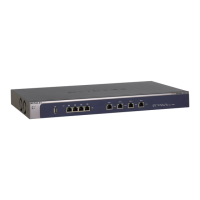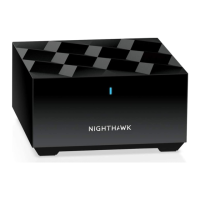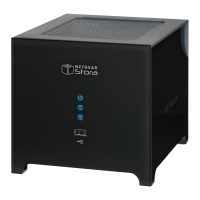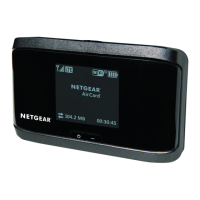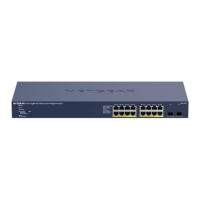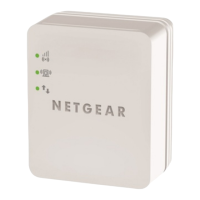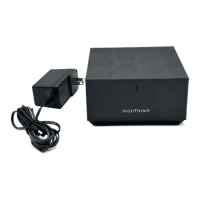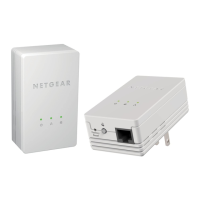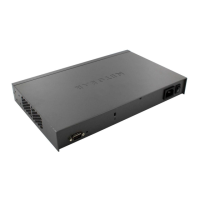Managing Users, Authentication, and VPN Certificates
356
ProSecure Unified Threat Management (UTM) Appliance
Authentication Type
(continued)
• NT Domain. Microsoft Windows NT Domain. Complete the following fields:
- Authentication Server
- Workgroup
• Active Directory. Microsoft Active Directory. Complete the following fields, and
make a selection from the LDAP Encryption drop-down list:
- Authentication Server
- Active Directory Domain
- LDAP Port
- Bind DN
- Bind Password
- Search Base
- Additional Filter (optional)
• LDAP. Lightweight Directory Access Protocol (LDAP). Complete the following
fields, and make a selection from the LDAP Encryption drop-down list:
- Authentication Server
- LDAP Base DN
- LDAP Port
- Bind DN
- Bind Password
- Search Base
- UID Attribute
- Member Groups Attribute (optional)
- Group Members Attribute (optional)
- Additional Filter (optional)
Portal The portal that you selected on the first SSL VPN Wizard screen. You cannot
change the portal on this screen; the portal is displayed for information only.
Authentication Server The server IP address or server name of the authentication server for any type of
authentication other than authentication through the local user database.
Authentication Secret The authentication secret or password that is required to access the authentication
server for RADIUS, WiKID, or MIAS authentication.
Workgroup The workgroup that is required for Microsoft NT Domain authentication.
LDAP Base DN The LDAP base distinguished name (DN) that is required for LDAP authentication.
Active Directory
Domain
The Active Directory domain name that is required for Microsoft Active Directory
authentication.
LDAP Port The port number for the LDAP or Active Directory authentication server. The default
port for the LDAP server is 389, which is generally the default port for TLS
encryption or no encryption. When the encryption is SSL, the default port is
generally 636.
Table 91. Add Domain screen settings (continued)
Setting Description
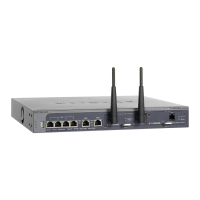
